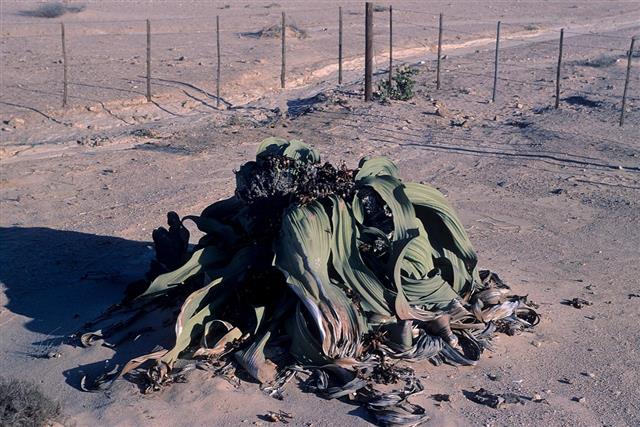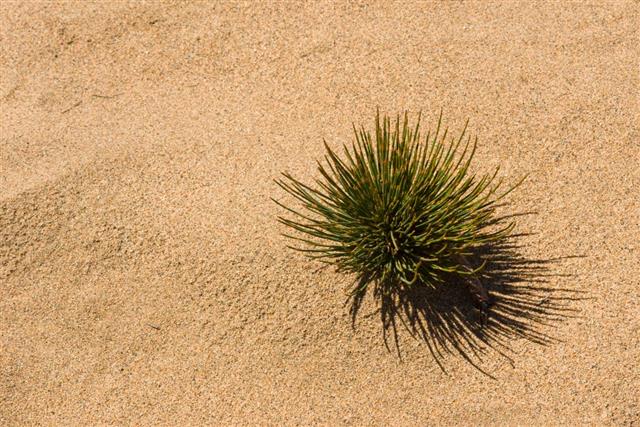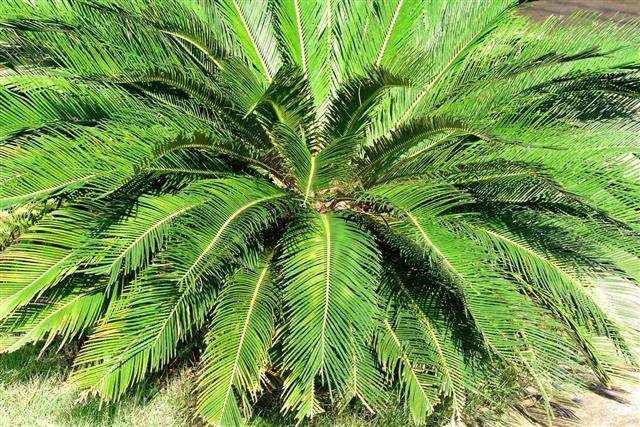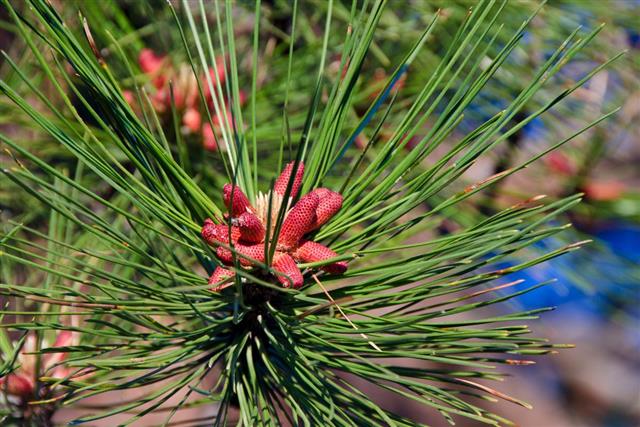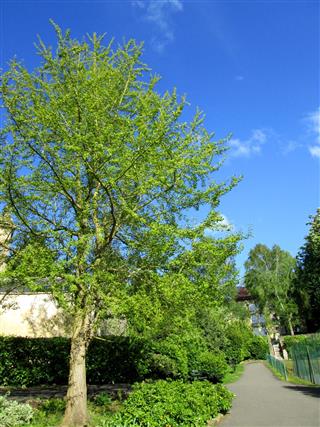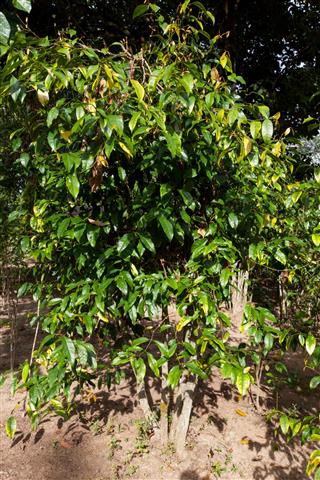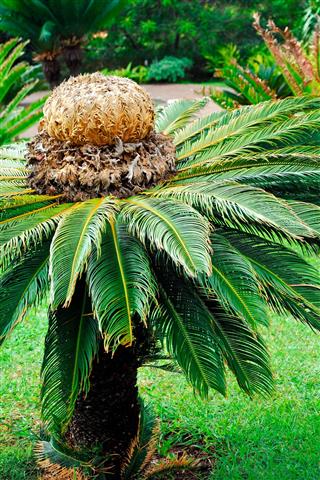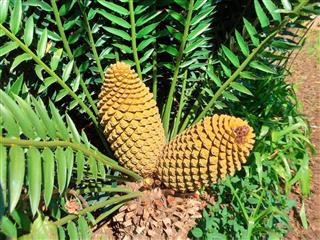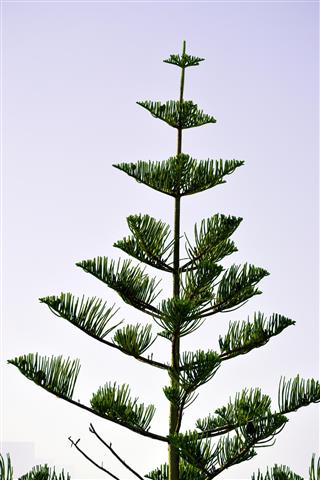
Gymnosperms are plants that bear seeds without bearing flowers. Read the following article for a simple yet explanatory overview of the various types of gymnosperm plants.
First, she told us about animals and plants. Then she told us about green algae and land plants. Then again, she told us that land plants belong to two broad categories – vascular plants and non-vascular plants (bryophyes). Oh yes, there’s a reason why I chose to emphasize the word broad, that’s where all the catch is! Aha! So you guessed it already, huh? Yup, you’re right, the complex botanical classifications didn’t end there. You see, my botany teacher was quite a sagacious lady, and knew our lot well enough not to let the entire cat out of the bag in one go! So, she unfurled the leaves of botanical classification one at a time. Needless to say, further classifications ensued and we finally got to the topic of spermatophytes (seed producing plants), which was (by this time, quite expected) further classified into angiosperms and gymnosperms.
I am sure you have at least a rough idea that seeds are pretty much produced by both flowering as well as non flowering plants. Now, plants that have a floral arrangement around their reproductive organs are flowering plants and belong to the angiosperm category of spermatophytes. Gymnosperms, on the other hand, are also seed bearing plants, but unlike their floral brethren, come with no frills attached, literally! Neither their male nor female gametes are enclosed within elaborate petals and other floral paraphernalia. In fact, gymnosperm does translate into naked seed – pretty self-explanatory, I would say! Okay, so if you’ve had enough of foolin’ around already, might as well proceed towards the following segment, and get up close and personal with the types of gymnosperm plants.
Gymnosperm Plant Types
As mentioned above, gymnosperms are plants that produce seeds as a means of reproduction, but do not bear flowers. The reproductive organs and paraphernalia, both male and female, of gymnosperms, are not contained within floral structures, and are usually exposed. Now, speaking of the distinct types of gymnosperm plants, there exist four different categories under which all gymnosperm botanical life forms are classified. These are as follows:
♣ Conifers
I’m sure most of you are acquainted with conifers of various sorts. These are plants that bear cones, and it is these cones where all the reproductive activities such as production of male and female gametes and fertilization take place. The resultant seeds are usually dispersed by animals and birds that feed on the edible cones and pass out the seeds along with their excreta. In woody cones, most of the seed dispersal is wind-borne. Conifers can be both monoecious and dioecious, meaning either the same plant has reproductive units of both sexes, or male and female reproductive units are located on separate plants. The woody anatomy of conifers is an evolutionary adaptation to equip these plants for moisture retention, and decrease water dependence, as these plants usually grow at places where the annual average temperature tends to be very low, and the topography is mostly mountainous. Common conifer varieties include firs, pines, junipers, yews, cedars, redwoods and larches.
♣ Cycads
Cycads are somewhat similar to conifers in anatomy insomuch as the former happen to have woody trunks, stiff foliage, and sometimes, cone like structures which often look similar to those of the latter. However, the foliage of cycads are made up of evergreen compound leaves, and their trunks are shorter and stouter than conifers. In most cycads, the trunk doesn’t fan out in branches, and the leaves start growing on the trunk itself. A lot of cycads appear as basal rosettes, meaning, the leaves appear to grow straight out of the roots as they appear pressed in a rosette close to the ground. However, this is not the case, as the very-short stumps are usually buried below the surface soil. Common cycad varieties are queen sago, mountain sago, byfield fern and cardboard palm.
♣ Ginkgo
Considered a living fossil, Ginkgo plants are one of the oldest specimens of non flowering plants that reproduce through seeds. Ginkgoes usually grow in a pyramidal shape and the green foliage is usually extremely fine and delicate. The bark and wood of a typical ginkgo tree is usually very soft, and has a texture very similar to cork. However, it is mostly owing to the medicinal and therapeutic value of ginkgo plant extracts, that plants of this genus are valued and highly regarded the world over. Ginkgoes growing in the Northern hemisphere and the Southern hemisphere differ significantly. Even among gymnosperms, the closest relatives of Ginkgoes are cycads. Ginkgo biloba and Ginkgo gardneri are the only two Ginkgo species that still exist in the modern world.
♣ Gnetophytes
Also known as gnetales, gnetophytes have a woody anatomy, similar to conifers and cycads, but differ from all three gymnosperms insomuch as they contain vessel element cell types, something that the other gymnosperms do not have. These special types of cells form a part of xylems, which are the botanical tissues responsible for conducting water to all parts of a plant. Gnetophytes share this typical feature with angiosperms. There are three distinct genera of gnetophytes – Gnetum, Ephedra and Welwitschia, that exist today. Gnetums are tropical woody climber plants, while ephedra species grow as shrubs and are used in manufacturing a lot of drugs and medications. Welwitschia plants grow in the arid African desert regions of Angola and Namibia. As you can see, the genera and species that fall under the Gnetophyta plant division are very diverse from one another in terms of anatomy as well as environmental and climatic preference.
Well, I hope that the above brief tutorial on the four distinct varieties of gymnosperms was helpful and easy to understand. You would do well to collect samples of a few types of plants falling under each category, to better understand each one from a closer perspective, as well as appreciate their mutual differences based upon various botanical and geographical parameters. This is where I sign off!
